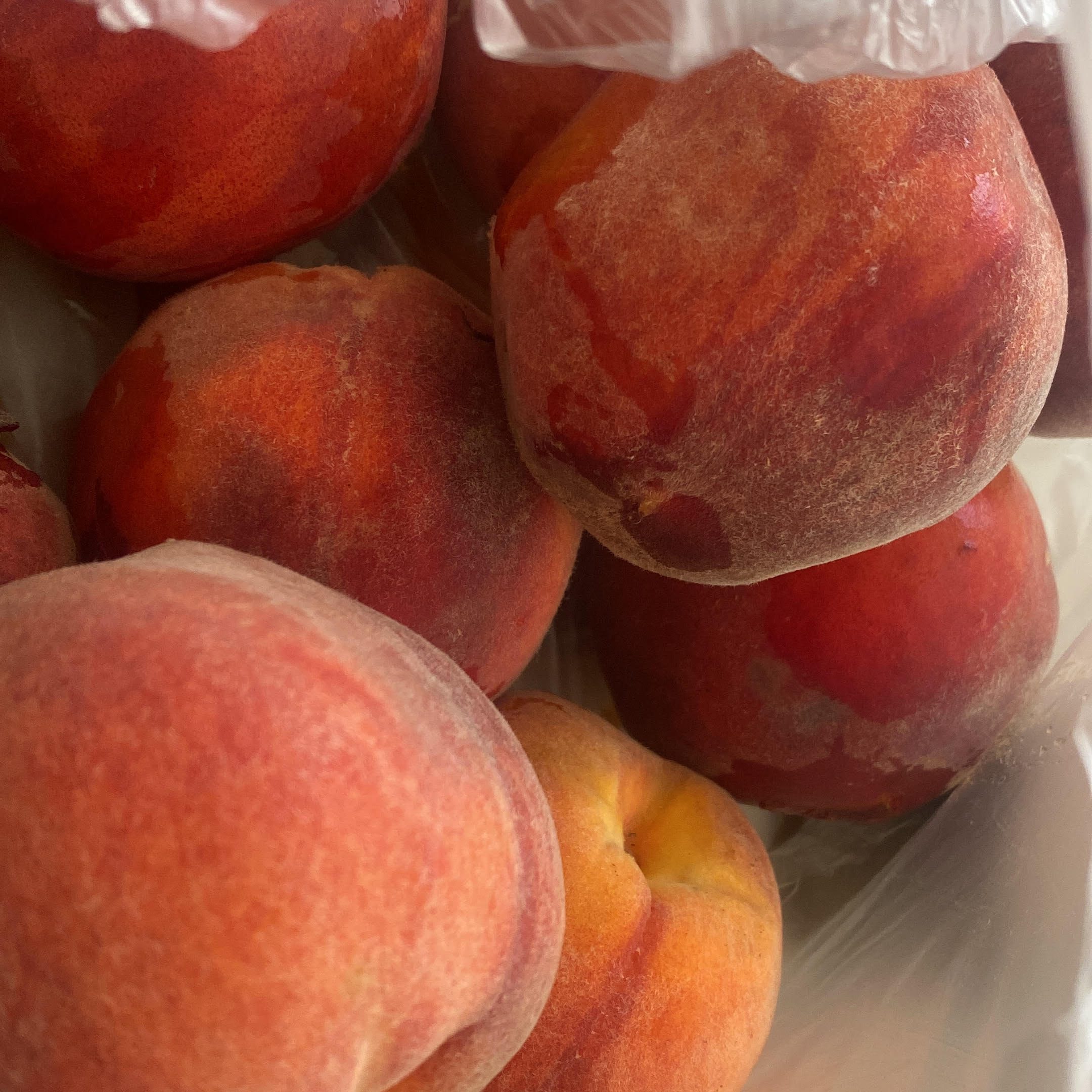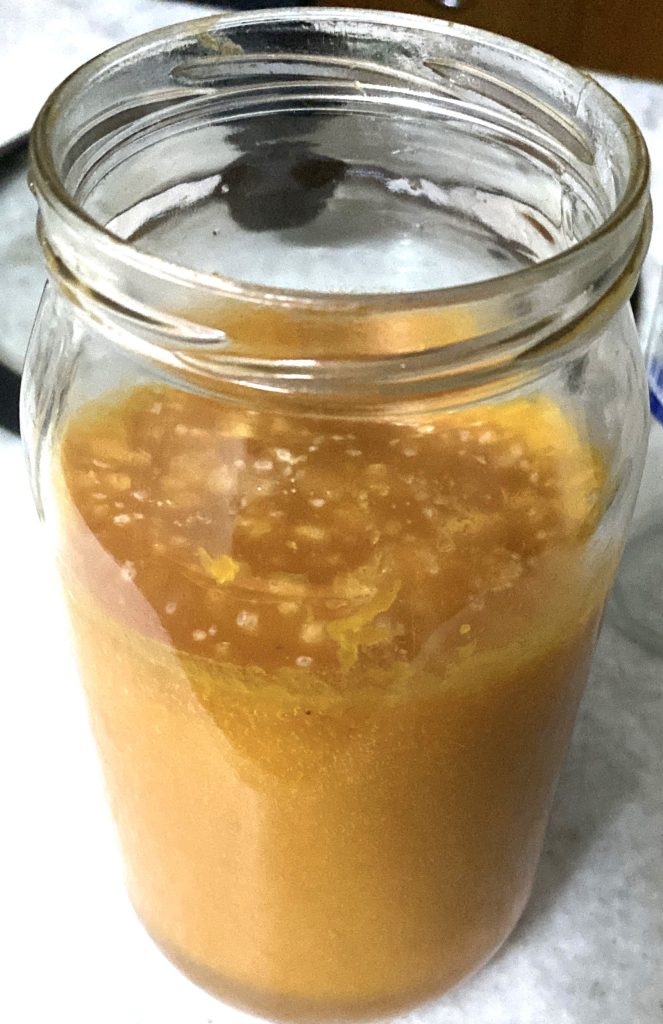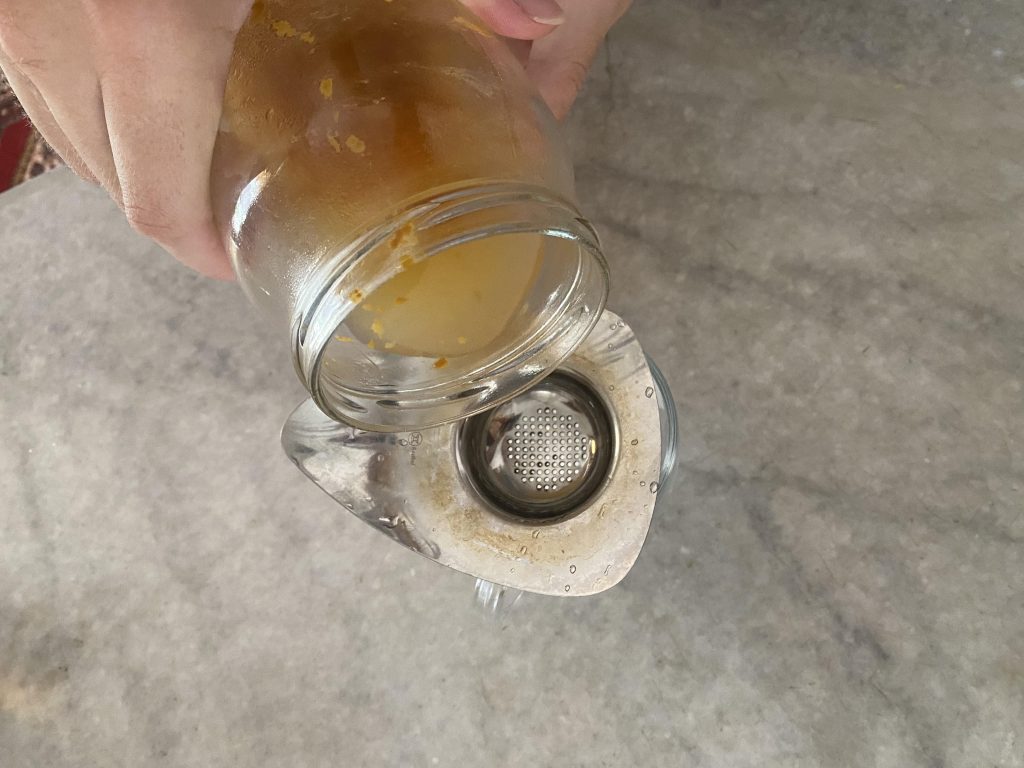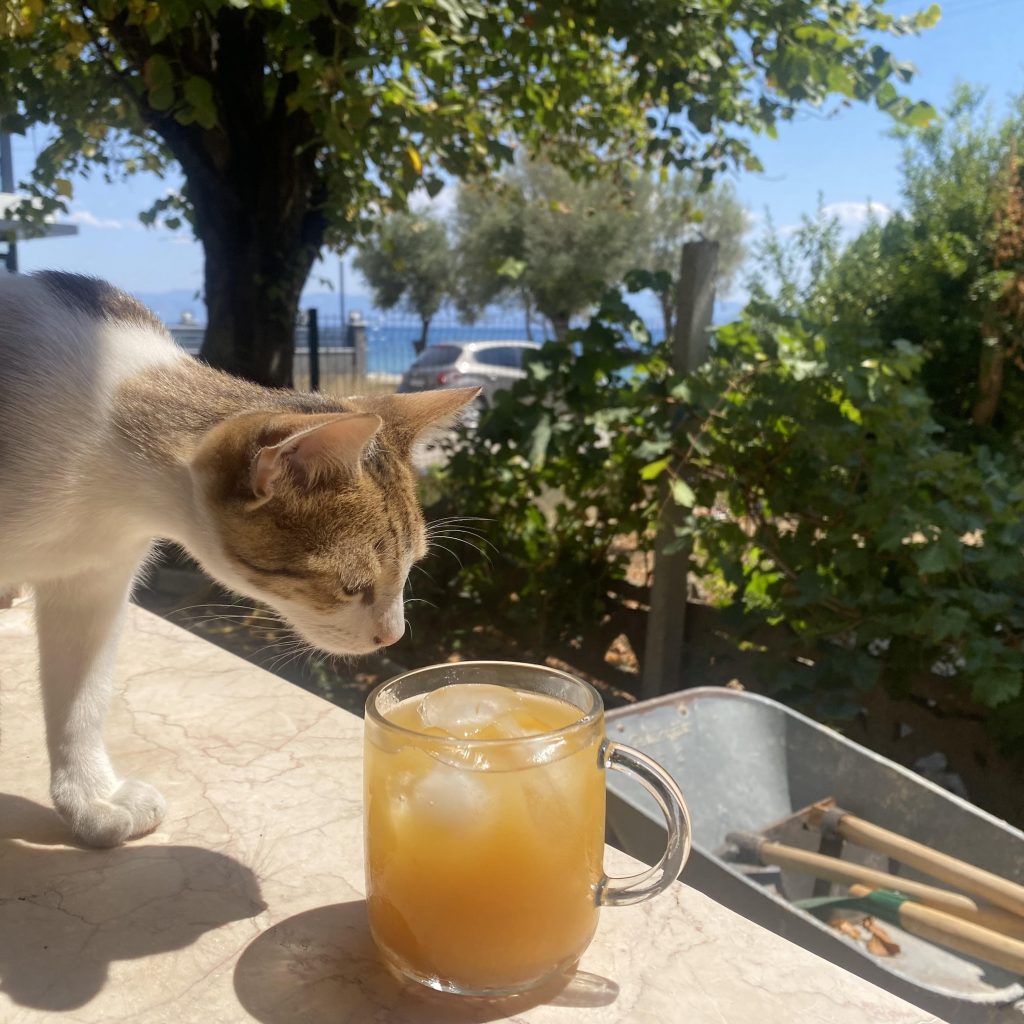My alarm rang at 8:30 (and 8:39 and 8:48) on Friday, the day of the weekly pazar in Akçay. I pulled myself up to a sitting position and looked at Elif, asleep again the second I closed each alarm. The space where I lay before was damp with sweat. After a pee I came back to bed, sat in the same spot. I touched Elif’s leg until she woke up. Her sleepy eyes tell me she really doesn’t want to go to the pazar this morning. I thought about pushing it, but my good sense and tired body instead pressed me again into the wet sheets beside her. We’ll go in the afternoon.
The heat
Akçay is hot in the summer. It’s a different heat to the one in which I grew up. Summer is also hot back home, but it’s a “soupy” heat that coats your lungs and wets your head. Soupy summers have one redeeming factor, however: rain. The weather pattern works such that one day it’s hot and relatively dry, then hotter and more humid, then hotter and even more humid, and then rain comes and the air cools and people are allowed to be happy again until the cycle restarts.
In this part of Turkey, every day is equally very hot and dry and being outside from 11:00-15:00 is not advised unless it’s for a swim in the cold sea. It’s only sensible to fall into the pattern of leaving the house in the evening and sleeping late at night, to avoid the hottest parts of the day. That means going to the pazar in the cool morning to get a bunch of delicious peaches for peach wine sounds like a lovely activity until that alarm rings only a few hours after you’ve gone to bed.
The pazar journey
So we went to the pazar in the afternoon around 2. Yes it’s hot, but we are not babies, I remind Elif. Mostly I’m trying to convince myself of this as my head cooks under my hat. We walked 15 minutes to the loud, tented pazar. Even at this time of day, people are flooding through the small lanes between the produce stands, checking tomatoes for cracks and apples for bruises. Keepers of the stands call you as you pass to inform you of the price and high quality of their fruits. Our hands are squeezing peaches as we stroll, feeling for barely-firm flesh that lets a finger push in easily. Those peaches will be the ripest and juiciest.

Our fresh peaches from the pazar.
We took home 2kg of excellent peaches as well as 1kg of tasty figs and some cucumbers. Right away I rinsed a fig and ate it standing over the sink. We don’t have figs like this (or any figs at all, as far as I know) where I grew up. Wow, what a lovely fruit a fig is. I put the figs in the fridge for later and got to work washing and skinning the peaches. The skin sloughs off easily, like how my shoulders used to peel after a bad childhood sunburn. I sneak a few chunks for myself as I work, but the work is short. Soon a bowl of naked, sunset-colored peaches is sitting on the kitchen counter, ready to be pressed.
Pressing the fruit
Crushing the peaches by hand in a large bowl proved to be the best way to extract the juice. We massaged them until the soft rounded chunks turned to pulp. To separate the large pulp from the juice, we drained it using a standard mesh metal strainer into another bowl. We pressed the pulp thoroughly into the strainer to pull out the remaining juice. This lets some finer pulp into the juice bowl, and that’s totally fine; This fine pulp will lend deeper color to the finished wine.
Our pressing process yielded us a little less than a liter of beautiful, pink-orange juice and a pile of moist peach pulp. Elif suggested we could make a cake with the pulp and I liked the idea a lot. We covered the pulp and put it in the fridge for another day (the day never came, we forgot about it). The juice we transferred to a glass jar and gave it a taste. I decided to add a squeeze of lemon juice to raise the acidity, then closed the jar and tossed it into the fridge. We forgot to buy yeast but it’s no problem, we can add it tomorrow.
Adding the yeast
Before adding the yeast the next day, we first took the juice from the fridge and let it sit at room temperature for a few hours. Yeast respond faster and more reliably when the juice is warm. How much yeast did we add? A tiny pinch is plenty for this small amount of juice; there is no need to measure or follow an inoculation procedure. Just a tiny fingernail-pinch right into the juice, followed by a little stir on top.* Then we simply lay the lid atop the jar but without closing it fully.
*Some people may choose to add extra sugar to the juice to produce a higher alcohol content or to raise the end sweetness level. That’s up to taste. I wanted a light, fresh summer drink, so low alcohol is fine. Based on sweetness of the juice before inoculation, I guess the final wine had 5-7% ABV.
As the juice ferments, the yeast will eat the natural sugars and poop out alcohol and carbon dioxide (CO2). If we close the lid fully, the CO2 cannot escape and the jar can break. In our case, we saw the first little bubbles moving up the jar about eight hours after inoculation.


Recently inoculated peach wine (left) and straining finished wine (right)
The fermentation
For the next few days, we left the jar on the kitchen counter with the lid gently on top. Fermenting at warm room temperature is okay for this wine. Inevitably, the fine pulp separated from the must and formed a “floating” cap (the pulp is not actually floating but rather being pushed up by a constant flow of tiny CO2 bubbles). We let the cap dry some and then on day two, I scooped most of it off the top and threw it away. There are practical and stylistic reasons for doing this, but mostly I just didn’t feel like filtering it out later. We were left with a jar of fermenting translucent peach juice and a small cap on top. It went back to the counter, to be tasted again the next day.
The results
At the end of day three, the wine tasted ideal. Fresh, balanced, bubbly, off dry. We poured two glasses over ice and drank them. On the nose, the two aromas were unsurprisingly peach and a little lemon. I couldn’t detect any off flavors or volatile acidity (VA) at this point. The color was a sunny, opaque yellow, owing to the suspended pulp and lees (dead yeast) that we didn’t filter out.
Our peach wine was lovely and delicious. It was only at this point I decided I would like to write about how we made it. We took some disappointing pictures of the poured glasses and realized it would be better to pour the final glass from the jar in the morning to get better lighting.
We put the jar in the fridge overnight to slow the fermentation process until we could drink the rest of the wine. The next morning, we used a metal tea strainer to separate the heavy lees and pulp from the last bit of wine in the jar. By this point, I could detect a small amount of VA in the wine. When we make wine casually and without chemicals like this, undesirable bacteria can take hold quickly. The last glass was still delicious. There was a slight kombucha quality to it but it wasn’t unpleasant. The color was a deeper yellow from the extra lees. We drank it outside with the cats.

Süslü sniffing the last glass of peach wine.
Conclusions
I think those who haven’t made much wine before are prone to take a simple wine like this too seriously. Wine doesn’t need to be so serious. There is no need to use precise measurements, extra tools, accurate estimates. The goal isn’t to make a bottle of the purest clearest wine with a silly high alcohol content. Instead, have fun with a casual, mistake-friendly beverage made in four days on the kitchen counter. Drink it fresh with your friends or lover. See the beauty in tasting a drink that will only exist in this moment, never to be bottled. Afiyet olsun!